Hiking in Iceland? The land of geysers, glaciers and volcanoes and incredible landscapes. Only a handful of people live there, most of them in the capital. The nature in Iceland is unprecedented, untouched and unusually beautiful. Do the Laugavegur Trail or try pronouncing Fimmvörðuháls while marvelling at the most beautiful waterfalls. Go on a walking holiday in Iceland and be enchanted!
Iceland is the largest volcanic island in the world: the land south of the Arctic Circle, covering more than 100,000 km2, is inhabited by just under 330,000 people, about a third of whom live in the capital, Reykjavík. Their language - Icelandic - has not changed significantly in written form since the Vikings conquered the country in the 9th century: Icelanders can still read the texts of their sagas in their original. And one of the Icelanders' favourite pastimes? Hiking, of course. This blog post will introduce you to the best routes for a walking holiday in Iceland.



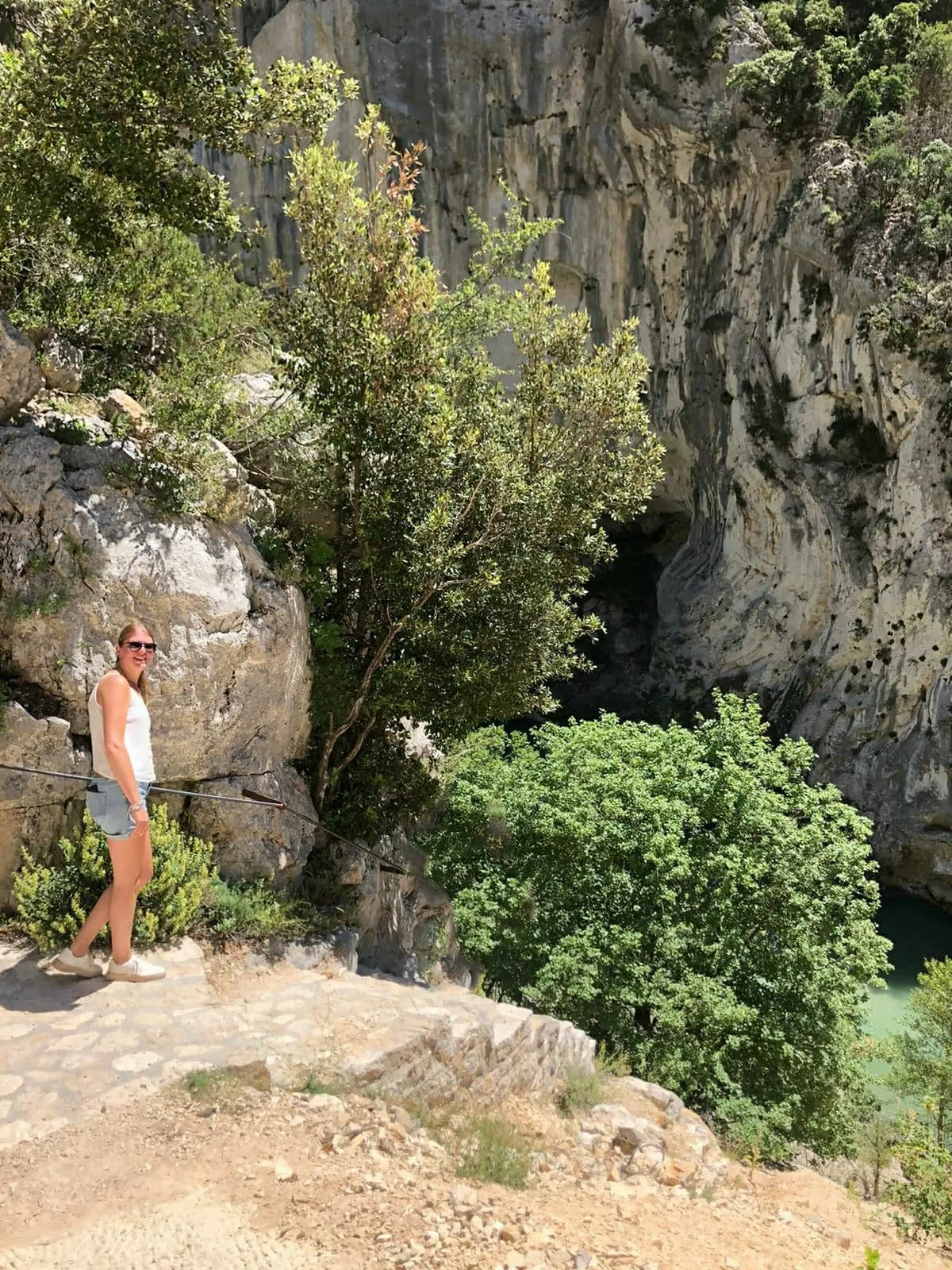
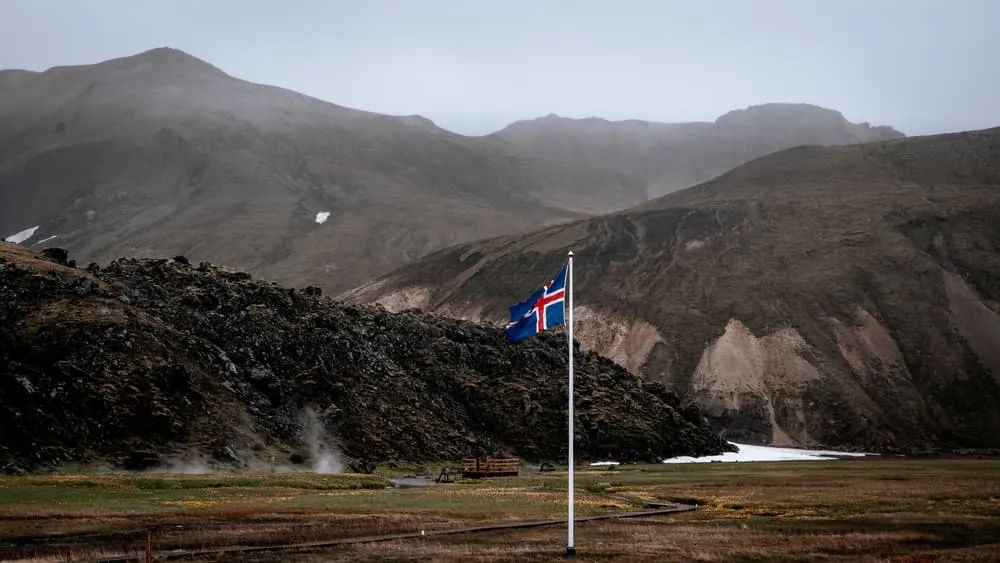
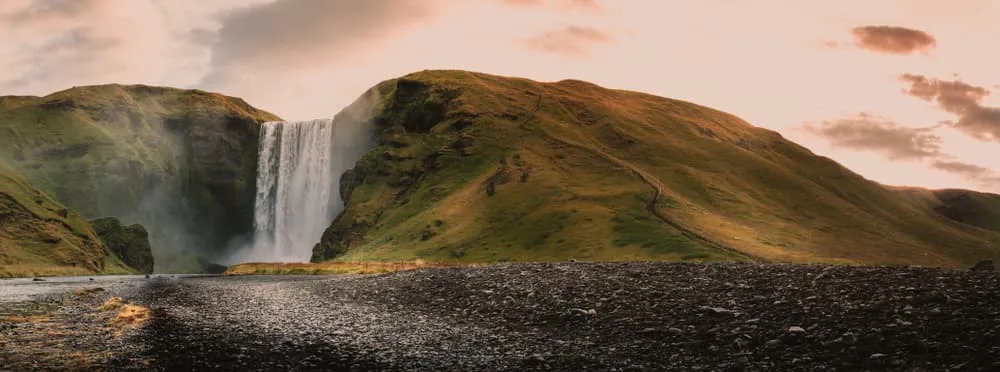
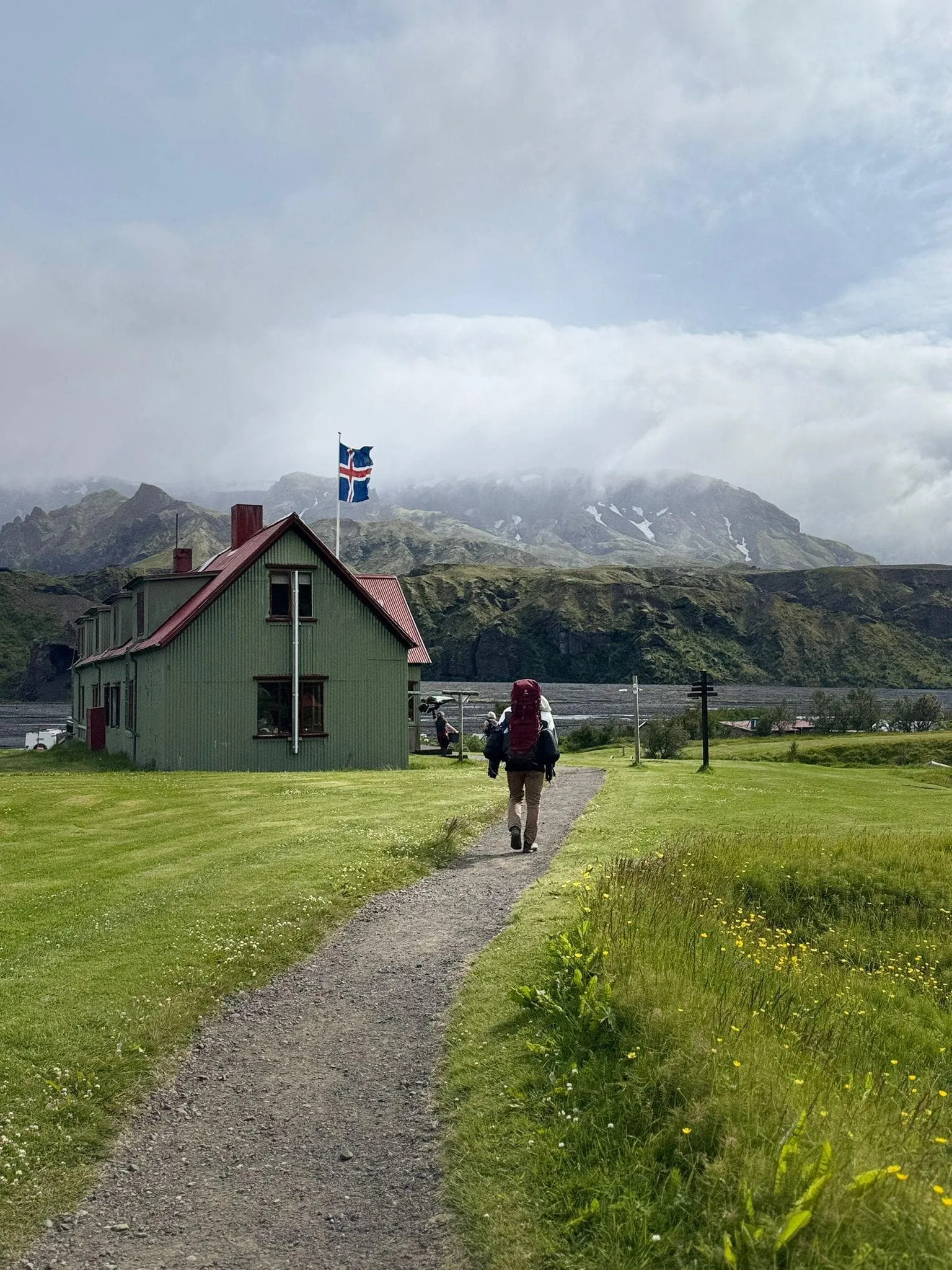
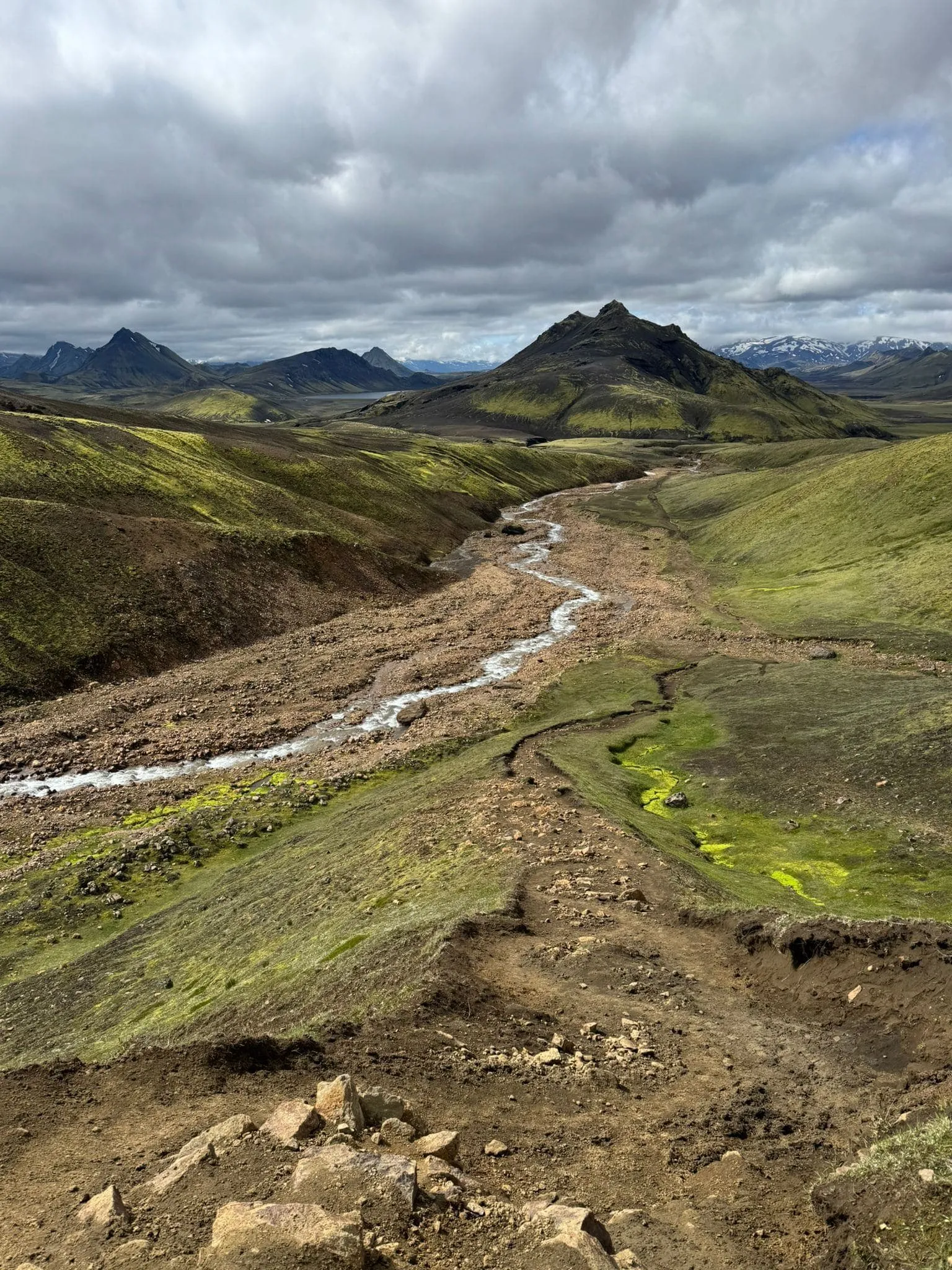
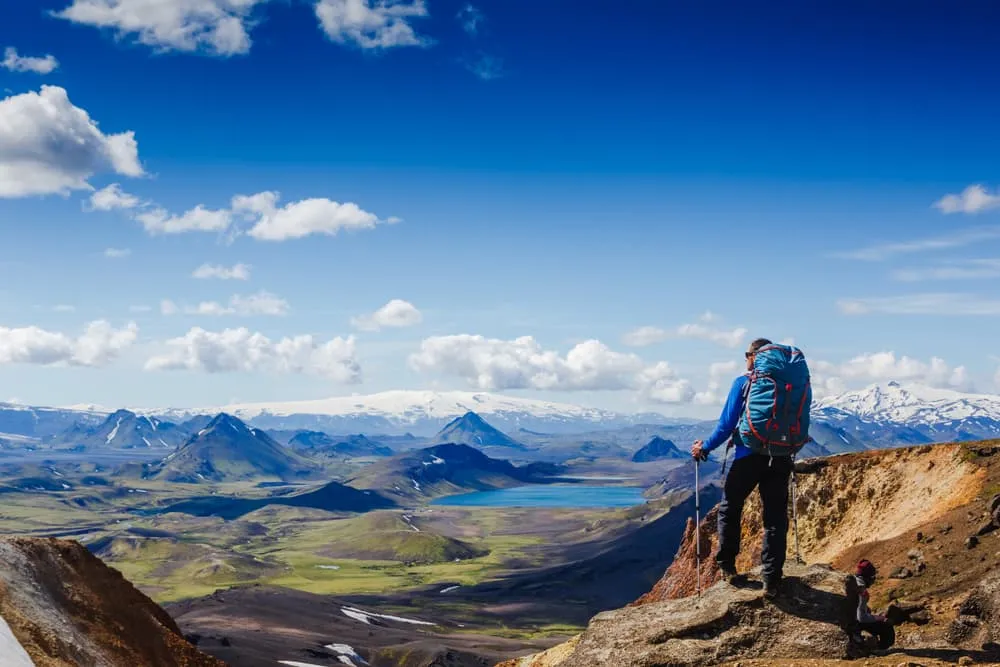
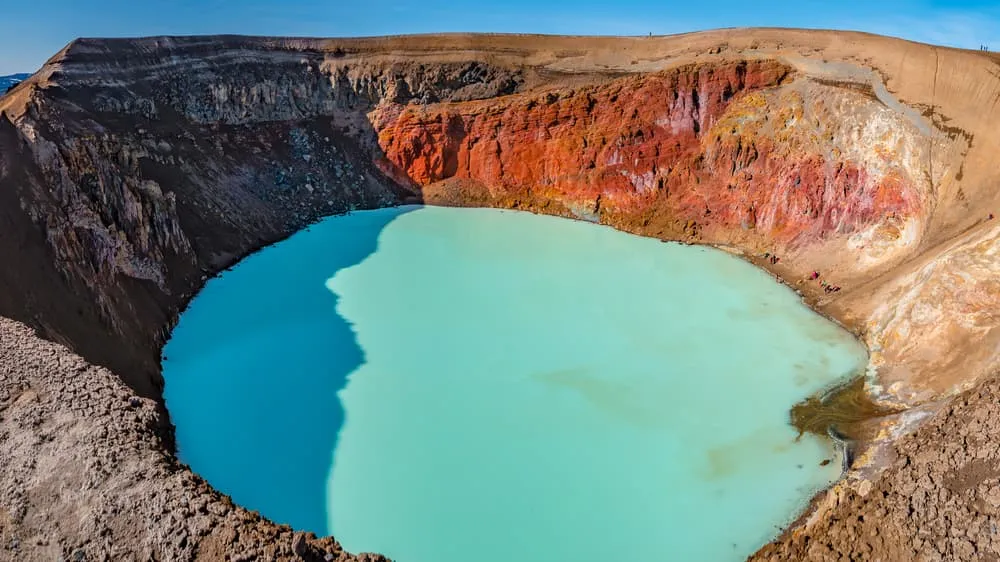
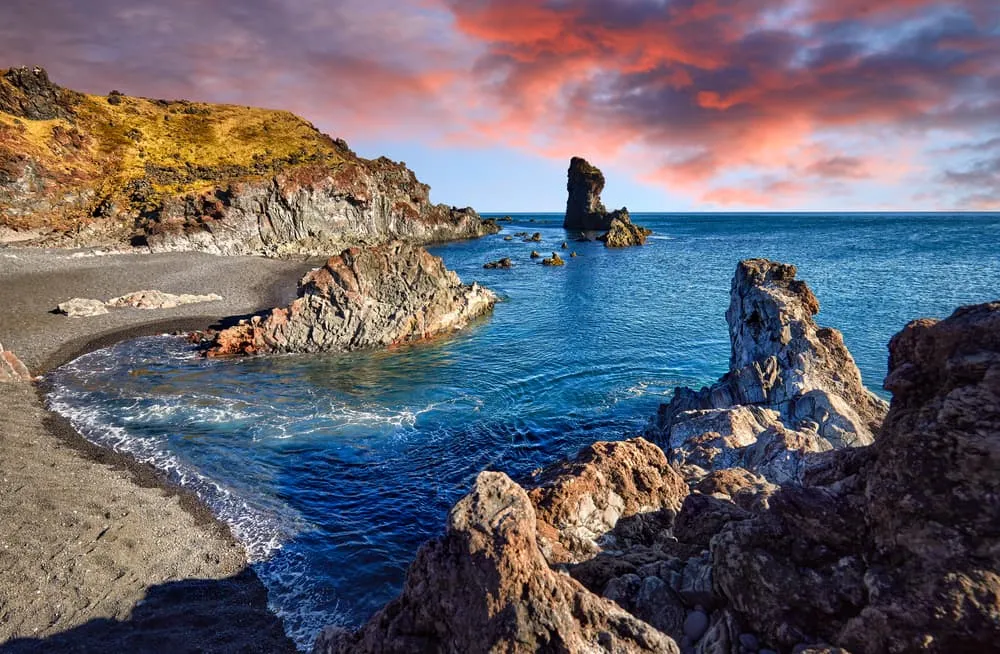
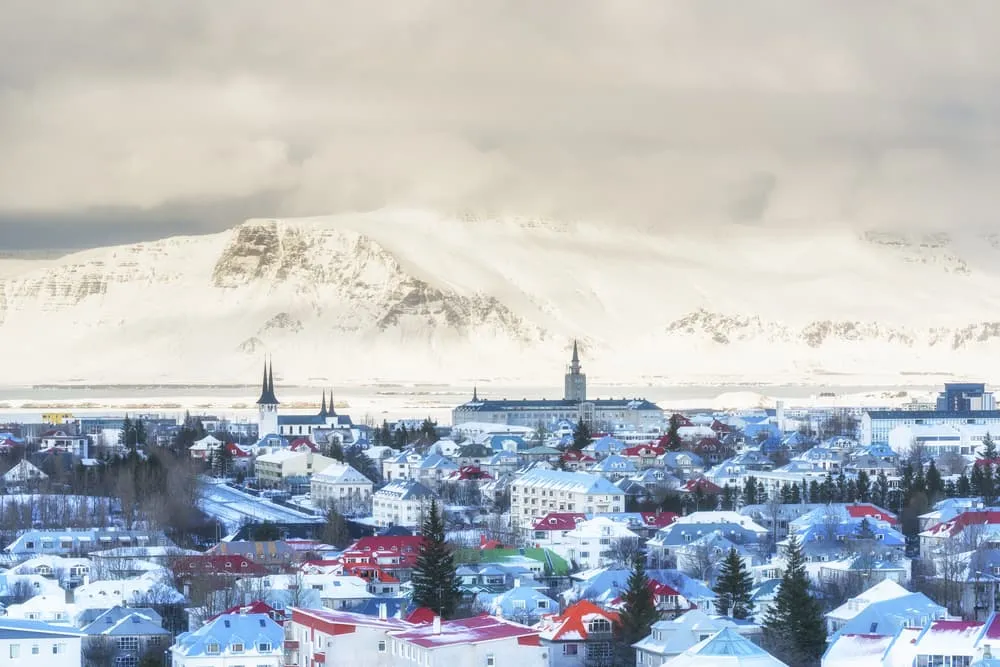
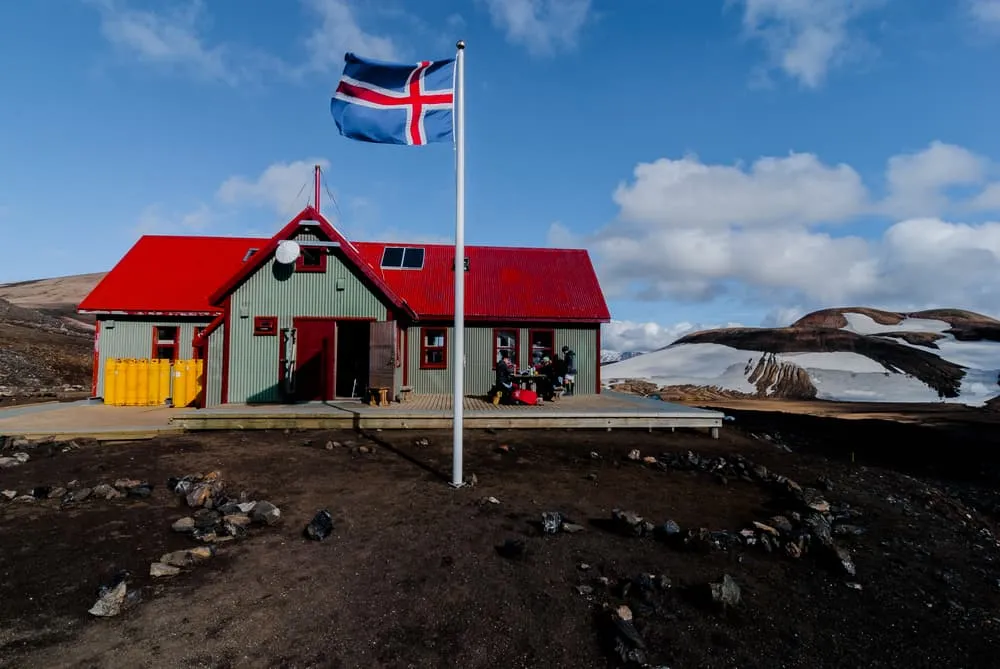
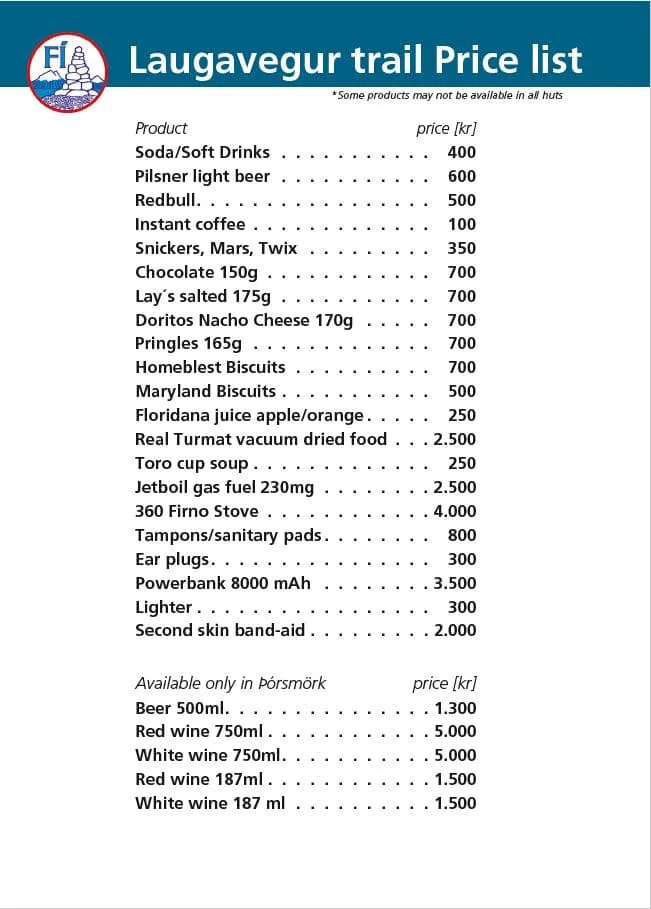
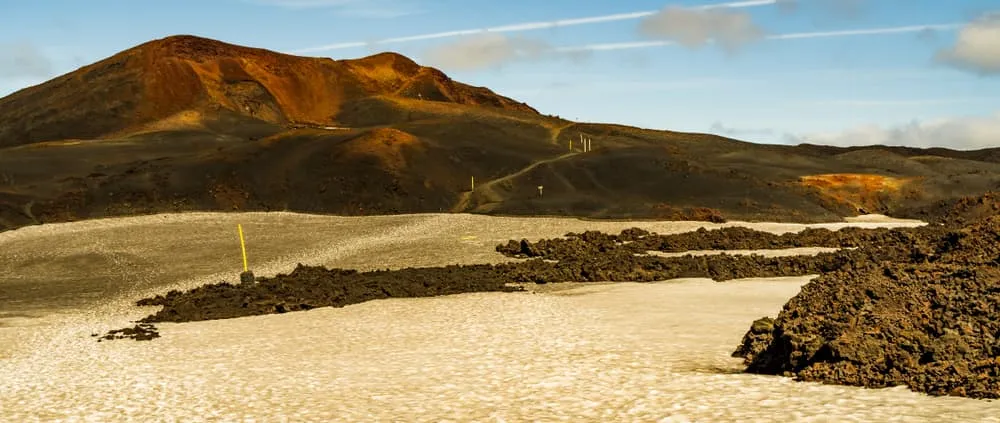
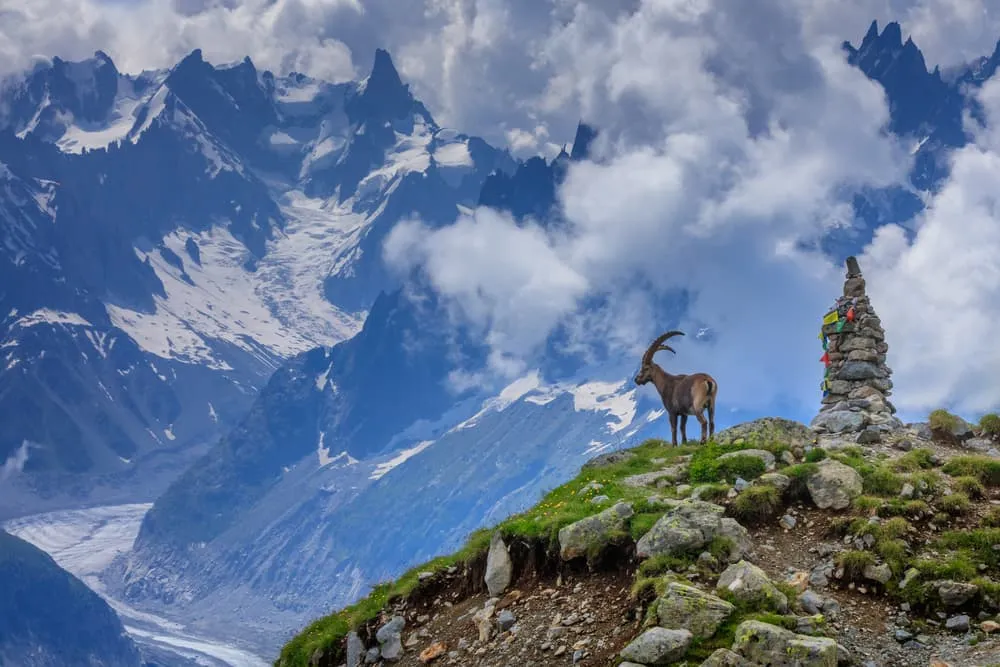
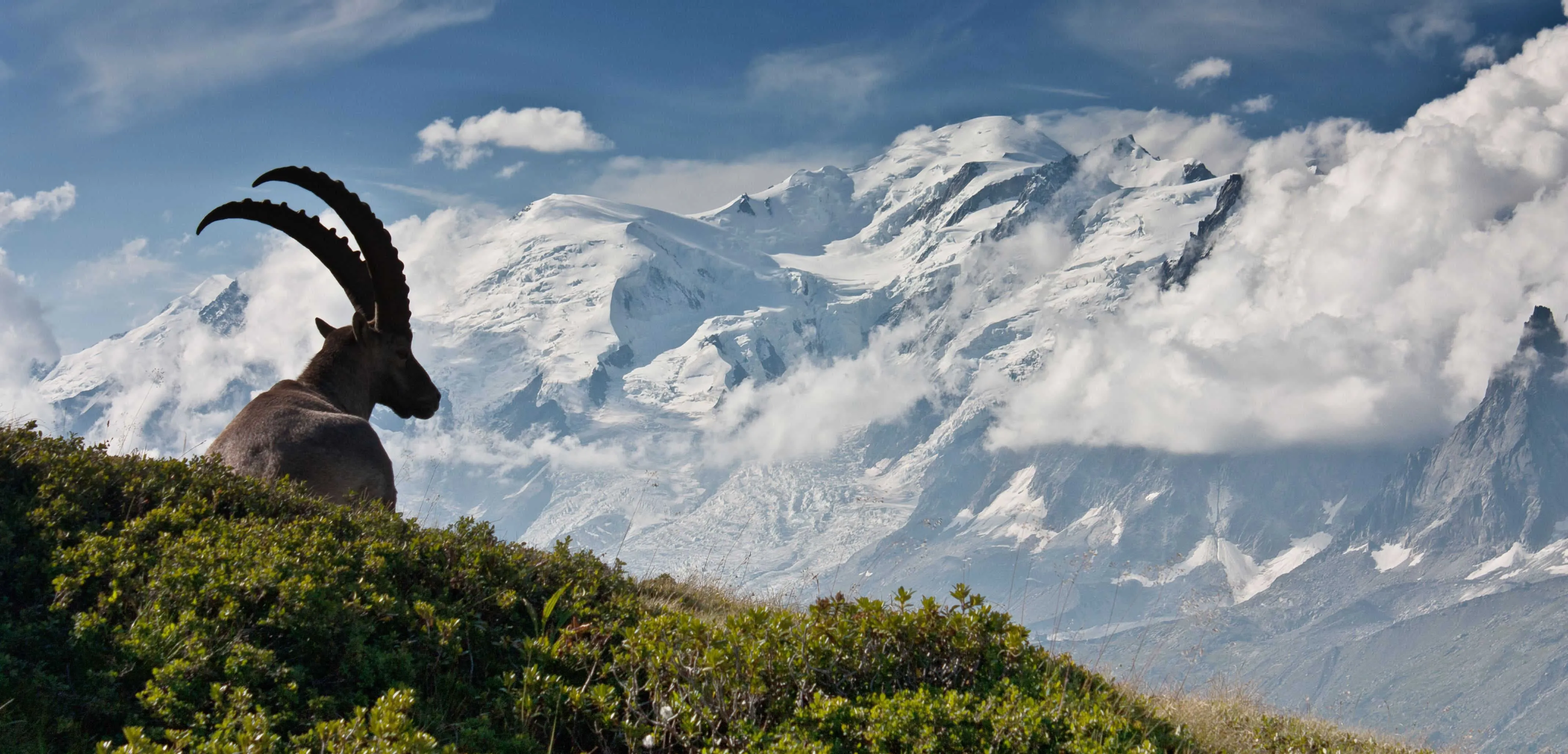
Comments